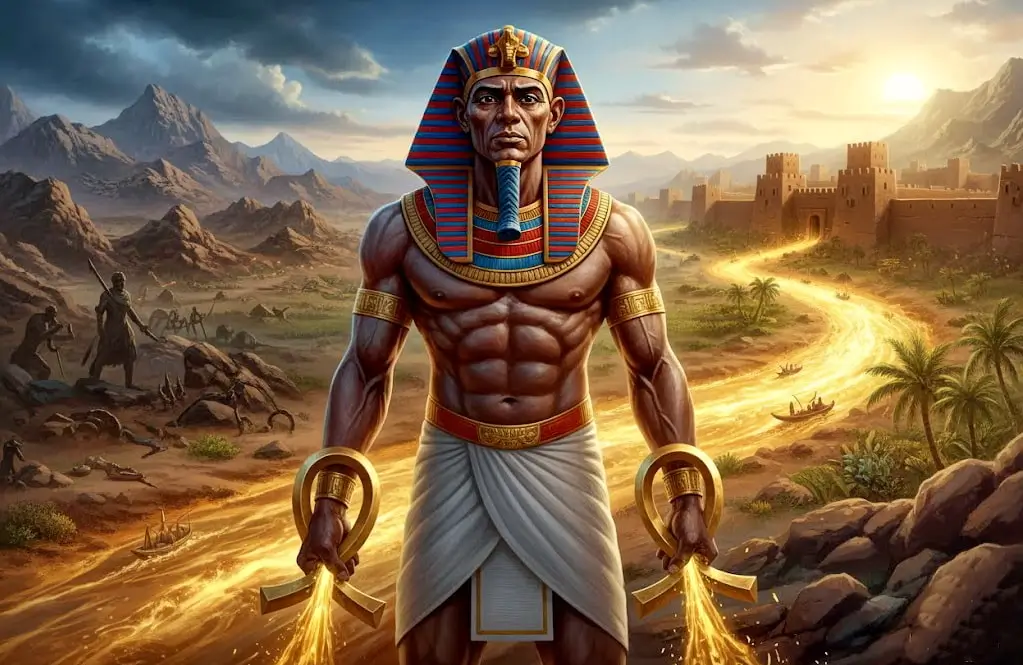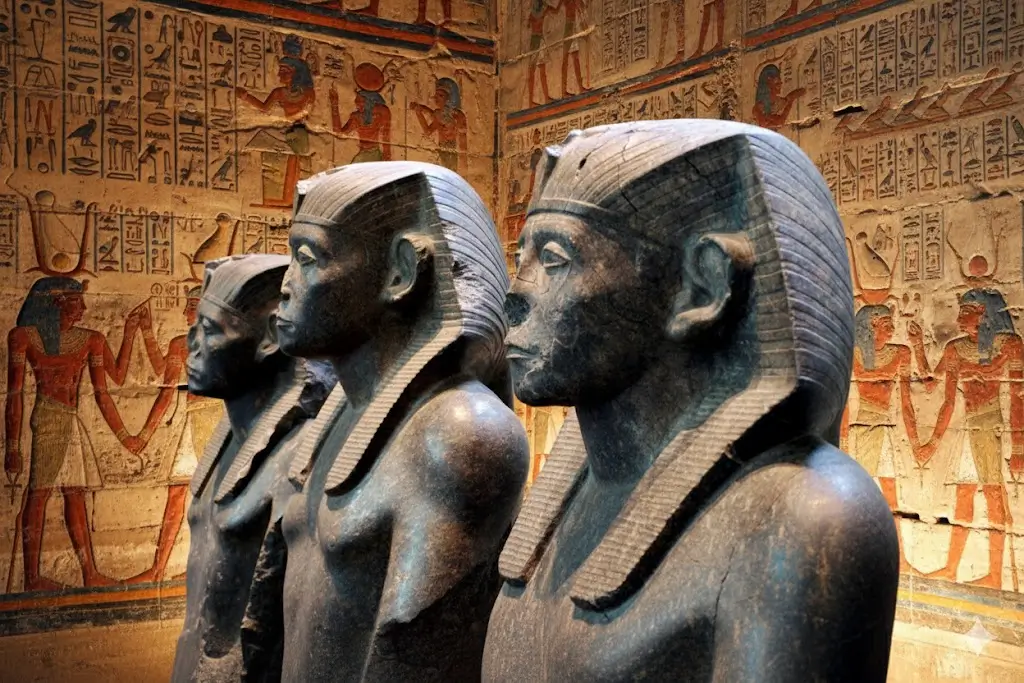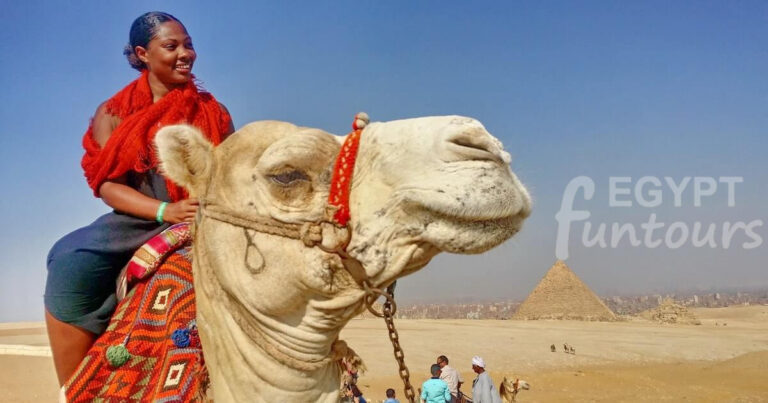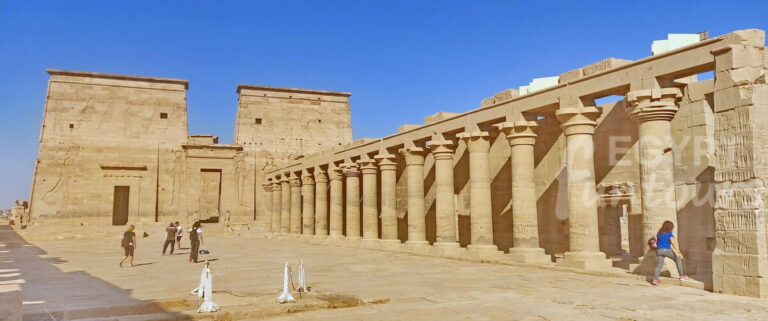Defining the Middle Kingdom

The term “Middle Kingdom” is a modern invention, created by 19th-century Egyptologists to organize ancient Egypt’s long history. Unlike the Old and New Kingdoms, which are defined by singular achievements like pyramid building or empire expansion, the Middle Kingdom lacks one dominant feature. Instead, historians characterize it as a period of significant transformation. The term is not an ancient name but a scholarly tool that reflects the complex and ever-changing nature of Egyptian civilization.
The Decline of the Old Kingdom
The monumental pyramid-building projects of the Old Kingdom ultimately led to its decline. Starting with King Sneferu, pharaohs diverted immense resources and manpower to construct these elaborate complexes. This focus on grandiose projects strained the royal treasury and depleted the kingdom’s resources, as evidenced by the progressively smaller pyramids built by his successors. This economic strain and the neglect of other areas weakened the central government, reducing the pharaoh’s authority and destabilizing the unified realm.
The First Intermediate Period
The First Intermediate Period (2181-2040 BCE) was a time of political fragmentation and social change. The strong central government collapsed, and local governors, or nomarchs, gained control over their regions. This decentralization led to the rise of two rival kingdoms, in Herakleopolis and Thebes, and allowed regional administrators to accumulate wealth and influence. This era also brought a new level of social mobility, as individuals had more opportunities to rise in status. These political and social shifts laid the groundwork for the more diverse and complex cultural landscape of the Middle Kingdom, earning it the title of the “Classical Age” of Egyptian art and literature.
Achievements of the Middle Kingdom
The Middle Kingdom is often considered a “golden era” due to numerous advancements and achievements, largely initiated by Mentuhotep II. Like Menes, Mentuhotep II reunited Egypt, ending the conflict between Thebes and Herakleopolis. This reunification led to a period of great stability and artistic gains. The dynasty also expanded Egypt’s boundaries and established new mining operations through military prowess.
The Rise of Thebes and Unification
The process of unification began with Intef I and continued with his successors. Wahankh Intef II (c. 2112–2063 BCE) took the city of Abydos and claimed the title “King of Upper and Lower Egypt,” a crucial step toward unification. Mentuhotep II built on these successes, defeating Herakleopolis and rewarding loyal districts, which solidified the rule of the Theban dynasty and ushered in the Middle Kingdom. Thebes also became a major artistic center.
Cultural and Artistic Advancements
The Middle Kingdom saw significant evolution in art, literature, and architecture. The Egyptian language achieved a new level of refinement, serving as a model for future prose. In sculpture, artists created more realistic depictions of pharaohs, showing them with signs of age and experience rather than in an idealized form. Temple architecture also evolved, with structures designed to integrate with the natural landscape, following the model of Mentuhotep II’s vast mortuary complex at Deir el-Bahri.
The Rise of Religious Cults
During the Middle Kingdom, religious beliefs significantly shaped society. People’s fear of instability led to the rise of two major cults. The Cult of Osiris, the god of the dead, became highly popular because it promised eternal life. The city of Abydos, where people believed Osiris’s head was buried, became a major pilgrimage site. At the same time, the veneration of Amun grew, and his priests amassed considerable wealth and power. As a combination of the sun god Ra and the creator god Atum, Amun became an all-powerful deity, and his temple at Karnak was continuously expanded.
Modern Terminology
Modern historians, not the ancient Egyptians themselves, created terms like “Middle Kingdom.” Ancient Egyptians viewed their history as a series of reigns and dynasties. Modern scholars use terms like “kingdoms,” representing periods of strong centralized government, and “intermediate periods,” representing times of disunity, to categorize and better understand Egypt’s extensive history.





























